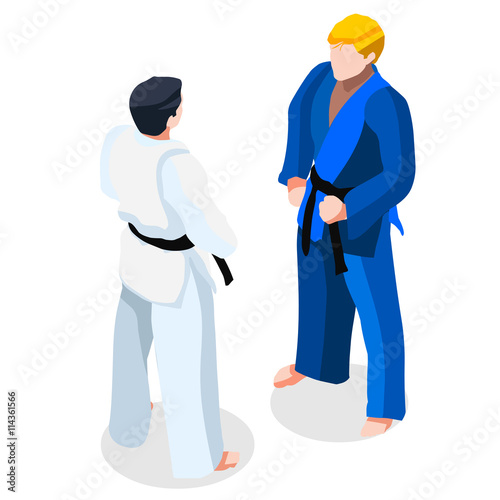Debunking The Different Fighting Style Designs: From Karate To Taekwondo
Debunking The Different Fighting Style Designs: From Karate To Taekwondo
Blog Article
Content Created By-Faber Francis
Are you tired of feeling overwhelmed by the vast world of fighting styles? With what was the name of the first mixed martial art to pick from, it can be simple to get shed in a sea of punches, kicks, and mystical names. However anxiety not!
This discussion will certainly demystify the various martial arts designs, taking you on a trip from the powerful strikes of Martial arts to the dynamic kicks of Taekwondo. Prepare to uncover the origins, techniques, and philosophies behind these old art kinds.
So, tighten https://www.dailytoreador.com/lavida/tech-martial-arts-club-hosts-self-defense-seminar/article_621a198a-3a99-11ec-87de-6b1a2c1773b5.html and prepare to start an informing exploration into the fascinating world of martial arts.
Beginnings of Martial Arts Styles
The beginnings of fighting styles styles can be traced back to ancient human beings and their need for self-defense and battle techniques. Throughout history, different cultures established their own one-of-a-kind methods of combating, each with its own set of methods and philosophies.
In China, for instance, fighting styles designs such as Martial art and Tai Chi were developed as a way of self-defense and enhancing physical and mental wellness.
In Japan, the samurai warriors created styles like Karate and Judo, focusing on technique, accuracy, and mastery of the body.
Similarly, in Korea, Taekwondo emerged as a martial art highlighting high kicks, rapid motions, and psychological perseverance.
what are all the different types of martial arts laid the structure for the diverse variety of martial arts designs that exist today, each with its very own rich history and social significance.
Techniques and Training Approaches
To understand martial arts styles, practitioners must find out various techniques and training approaches.
Methods are the details motions and activities used in fight, such as strikes, kicks, tosses, and obstructs. Different fighting styles styles have their own unique set of methods that professionals have to understand through extensive training.
Training techniques vary depending on the design, however they generally entail a combination of physical fitness, drills, sparring, and forms.
Physical fitness is important to develop toughness, adaptability, and endurance. Drills aid experts improve their strategies and enhance their rate and accuracy.
Competing permits specialists to practice their methods in a regulated, reasonable atmosphere. Kinds, additionally known as kata, are ironclad sequences of activities that help specialists develop muscle memory and emphasis.
Philosophies and Principles
Discovering the viewpoints and concepts of fighting styles styles can give you with a much deeper understanding of your selected discipline. https://andersontaztl.blogthisbiz.com/39086171/which-youth-martial-arts-design-should-you-pick-for-your-youngster-a-consider-the-different-options fighting style has its very own special ideology and collection of guiding concepts that shape the way it's exercised.
As an example, Martial arts highlights self-control, respect, and self-constraint. It teaches specialists to concentrate their body and minds, allowing them to protect themselves while keeping a feeling of inner peace.
On the other hand, Taekwondo positions a solid focus on speed, dexterity, and versatility. Its principles are rooted in the tenets of courtesy, stability, willpower, self-constraint, and indomitable spirit.
Verdict
Now that you have actually explored the origins, methods, and philosophies of different martial arts designs, you have a deeper understanding of these ancient disciplines.
Think of a young karate trainee, exercising with steady determination and focus, breaking through boards with an effective strike.
Their journey showcases the commitment and strength needed to grasp a fighting style, reminding us that with self-control and determination, anything is possible.
